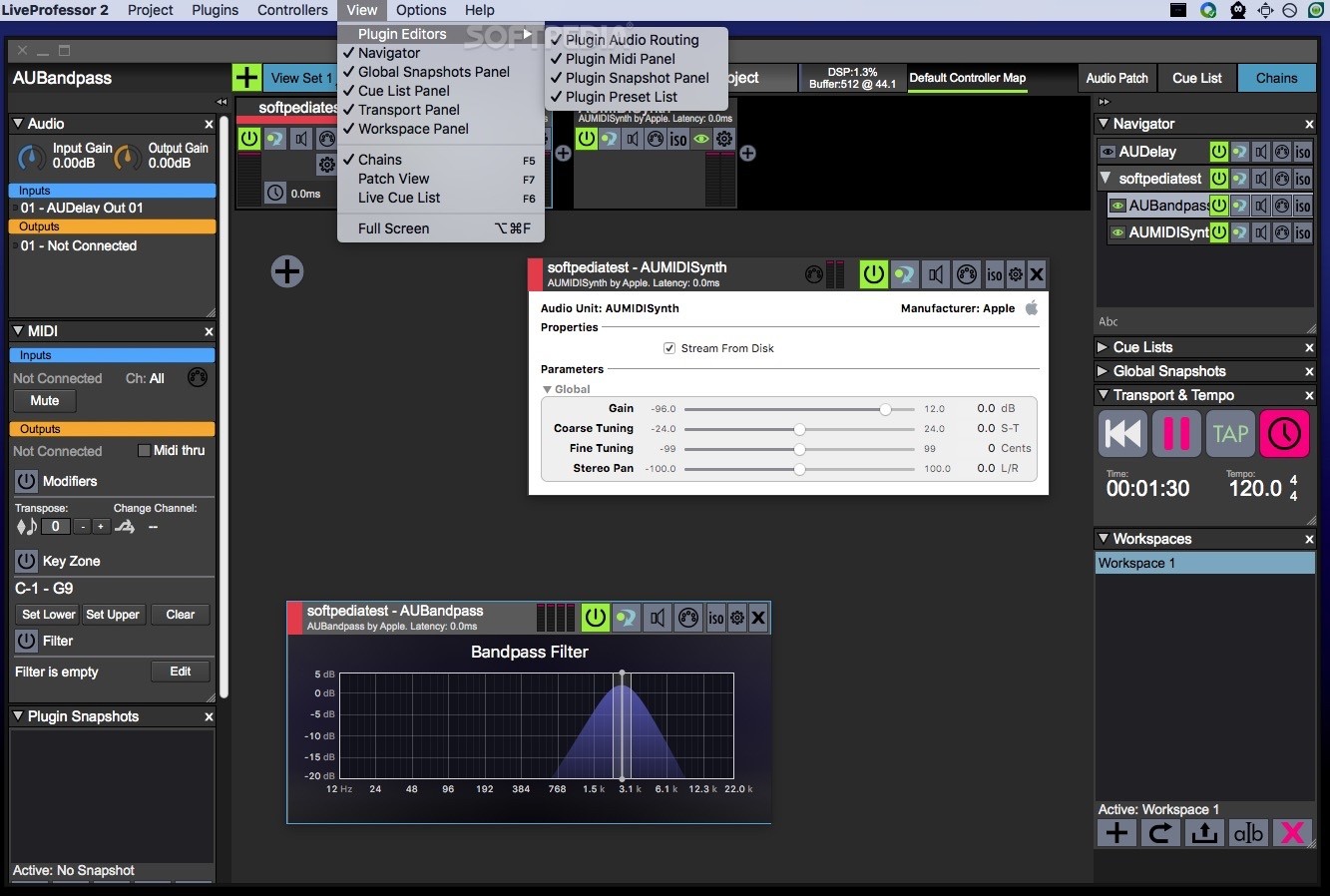

Please take with a pinch of salt all of what l have said except how to open multiple Reaper instances. There is also Voicemeeter and O Deus ASIO Link. BUT: Nope, 2 DAWs cannot use the same soundcard.
Liveprofessor 2 and xr18 driver#
I would have thought that you could also use another ASIO driver (ReaRoute is an ASIO driver but there are others too) with a soundcard, and channel Reaper instance #2 to record into Reaper instance #1? Make sure both Reaper instances use the same ASIO driver, and then open a track in Reaper instance #1, and make sure it takes the correct inputs to correspond with Reaper #2's soundcard outputs for a given track. you guessed it, ReaRoute, but l haven't a clue how it works, ask the experts. To record both Reaper instances, you could use. Target DAW = "ReWire Master / Host", first instance of Reaper = "ReWire Slave". You can only use ReWire with the first instance of Reaper, and you'll have to open the target DAW first, before you open your first instance of Reaper. Let's say you wanted to record to another DAW. But you might be able to do it via ReaRoute ASIO but l have no clue about ReaRoute ASIO, you'll have to pitch that to the experts. Let's say you wanted to record to a 3rd instance of Reaper. a 3rd instance of Reaper, another DAW (64-bit), another DAW (32-bit), a hard disk multitrack recorder, or the traditional burn directly to pizza. "check for multiple instances when launching"Īnd yes, you can record both simultaneously but it really depends on what you wish to record to, e.g. You can however use two instances of REAPER. Quote: "Tabs are a good way to go for most tasks.

As long as you do your homework and the drummer has a good sounding kit (and knows how to tune them), this can save a lot of hassle.You can open multiple instances of Reaper like so: That's 5 channels for a kit that required 12. Most venues didn't allow time for individual channels for everything, so we sub'd down the toms, electronics, and overhead mics resulting in: Kick 1, Kick 2, Snare, Mix L, Mix R. I worked with a band where there was a huge focus on drums, a massive double-kick kit with lots of electronics to boot.

OTOH, if you have a good-sized system playing venues where you can take advantage of all these tools for drums, you can get some killer results that you otherwise might not achieve cramming all vocals, guitars & drums into a single mixer. If you don't need a ton of "kick" to your mix due to playing smaller rooms where loud drums thru FOH are optional, this may be a waste of time. This obviously gets production heavy, and sort of requires that it has value for the gigs you're doing. I would create a separate output feed (dry) for the kick drum (2 mics, one close to the batter, one outside the sound hole for resonance) and snare drum (batter side and snare underneath mics).įor everything else (toms, HH and/or Overhead/Cymbals), I'd sub down to to a L+R output, complete with effects, etc., and send those two channels to the "main" XR-18. This way you can maximize, for example, effects and subgrouping, even parallel compression schemes, without eating up those resources on the other "main" XR-18. Use one of the mixers as a drum submix command central.

This is just a thought, and maybe it has value.maybe not.


 0 kommentar(er)
0 kommentar(er)
